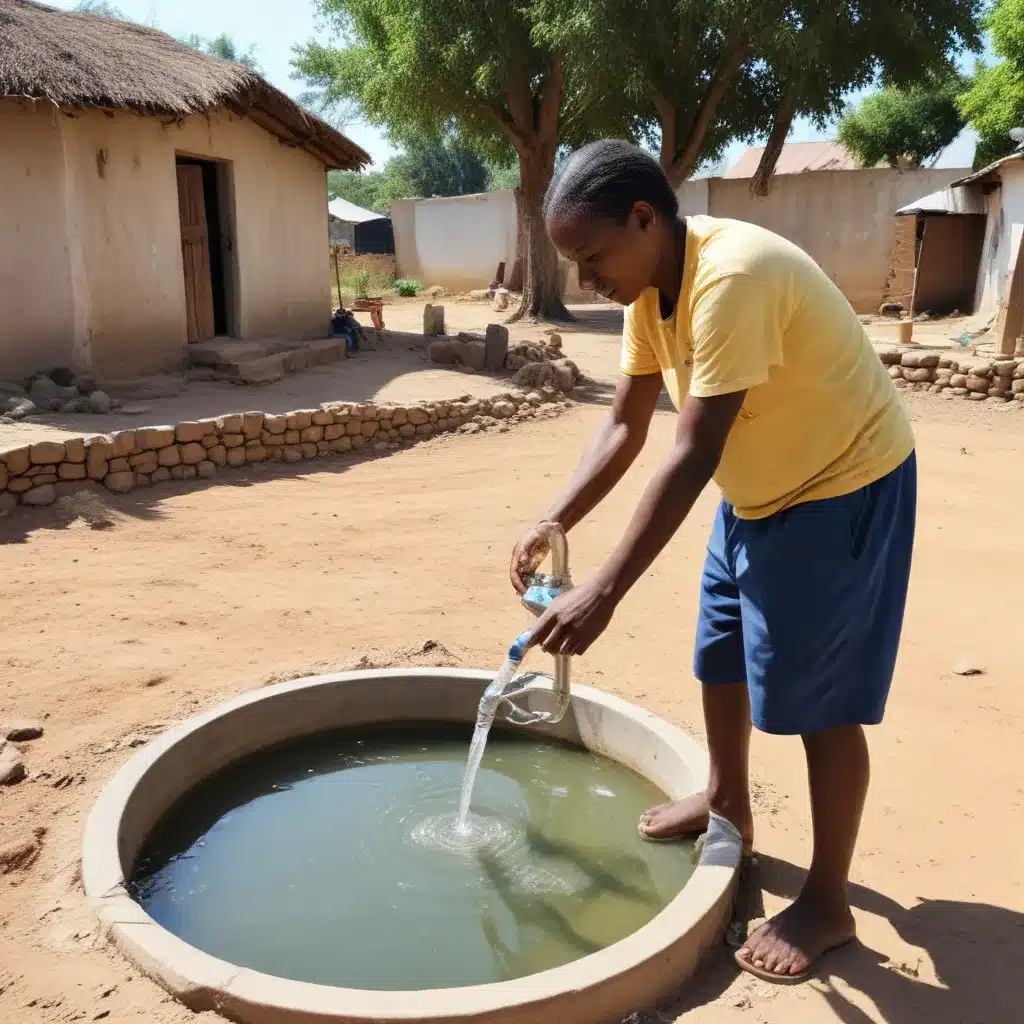
The Reality of Water Access and Quality in Underserved Communities
Access to reliable, safe, and affordable drinking water is a fundamental human right. However, in many parts of the world, this basic necessity remains elusive, with communities struggling to secure consistent water supply and quality. One such example is the small village we’ll explore today, where residents face the daunting challenge of only receiving tap water on a single day of the week.
The Water Crisis in This Village
In this remote village, the water infrastructure has been neglected for decades, leaving residents to grapple with a severe water shortage. The local authorities, burdened by limited resources and competing priorities, have failed to address the community’s pressing water needs. As a result, the villagers are forced to ration their water usage, relying on tap water only on Fridays, the designated “water day.”
On these scarce water days, residents queue for hours, filling up their containers and storing as much as they can to sustain their households throughout the week. The sight of women and children carrying heavy buckets and jugs is a common occurrence, a testament to the daily struggle for this basic necessity.
“I wake up at 4 a.m. every Friday to join the line at the tap. By the time I get my turn, it’s already afternoon, and I have to rush home to distribute the water among my family members.” – Fatima, a village resident
The lack of consistent water access has profound implications for the community’s health, sanitation, and overall well-being. With limited water, residents are unable to maintain proper hygiene, putting them at risk of waterborne illnesses. The scarcity also hinders their ability to cultivate kitchen gardens or engage in small-scale agricultural activities, further exacerbating food insecurity.
Advocacy Efforts and Community Engagement
Recognizing the dire situation, local leaders and community members have banded together to advocate for change. They have organized petitions, staged peaceful protests, and engaged with government officials, demanding immediate action to address the water crisis.
Through these advocacy efforts, the community has succeeded in garnering some attention from the local authorities. However, the progress has been slow, and the systemic challenges persist. Bureaucratic delays, lack of political will, and limited funding have all contributed to the ongoing water woes.
“We have been pleading with the government for years, but our voices seem to fall on deaf ears. They promise solutions, but nothing changes. We need a more proactive and inclusive approach to solve this crisis.” – Amit, a community organizer
In response, the villagers have taken matters into their own hands, exploring alternative water sources and community-based solutions. Some have invested in rainwater harvesting systems, while others have organized collective efforts to clean and maintain the existing water infrastructure. These grassroots initiatives, though limited in scale, have provided temporary relief and instilled a sense of hope among the residents.
Lessons Learned and the Path Forward
The water crisis in this village is not an isolated incident; it is a reflection of the larger systemic challenges faced by underserved communities worldwide. The lack of access to clean water and sanitation services is a global issue, disproportionately affecting the most vulnerable populations.
Through this case study, we can glean valuable lessons and insights that can inform advocacy efforts and community-based solutions in similar contexts:
-
Empowering Community Engagement: Fostering strong community participation and leadership is crucial in driving sustainable change. Residents must be actively involved in the decision-making process and their voices must be heard.
-
Collaborative Partnerships: Establishing partnerships between community organizations, local authorities, and civil society groups can help leverage resources, expertise, and political influence to address water-related challenges.
-
Innovative Solutions: Exploring alternative water sources, such as rainwater harvesting, groundwater recharge, and water recycling, can provide practical and cost-effective solutions to supplement the limited municipal water supply.
-
Capacity Building and Training: Investing in the training and education of community members on water conservation, water quality testing, and maintenance of water infrastructure can empower residents to take an active role in managing their water resources.
-
Policy Advocacy and Accountability: Persistent advocacy efforts, coupled with a focus on policy change and government accountability, can help shift the narrative and secure long-term commitments to improving water and sanitation services in underserved communities.
By learning from the challenges faced by this village and replicating successful community-driven initiatives, we can work towards a future where access to clean water is not a privilege, but a fundamental right that all people can enjoy, regardless of their geographical location or socioeconomic status.
Addressing the Global Water Crisis: A Call to Action
The water crisis in this village is a microcosm of a larger global challenge. Millions of people around the world lack access to safe, reliable, and affordable drinking water, a situation that is exacerbated by climate change, population growth, and inadequate infrastructure.
At Joint Action for Water, we recognize the urgent need to address this crisis through a multi-pronged approach that empowers communities, fosters collaboration, and drives policy change. By sharing the lessons learned from this village’s experience, we hope to inspire individuals, organizations, and governments to take action and contribute to the global effort of ensuring universal access to clean water and sanitation.
Together, we can create a world where no one has to wait in line for water on a single day of the week, but where clean, reliable, and affordable water is a reality for all. Join us in this critical mission, and let’s work towards a future where every village, every community, and every household can turn on their taps and access the life-sustaining resource they deserve.

